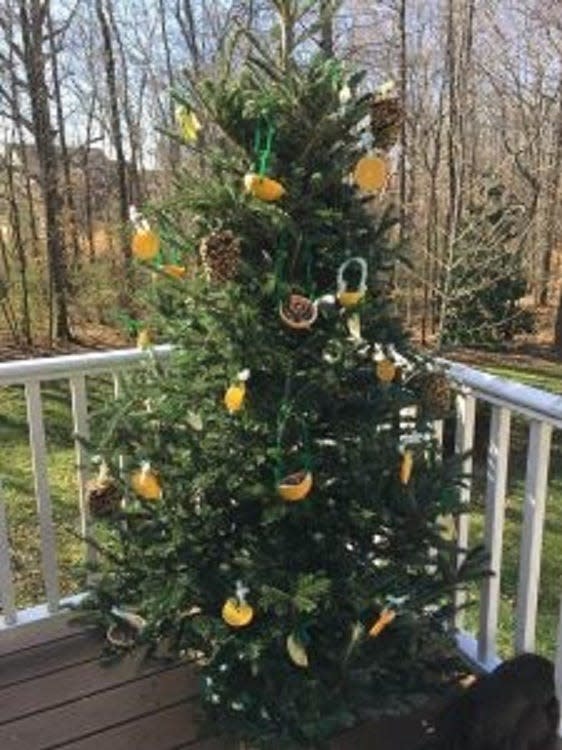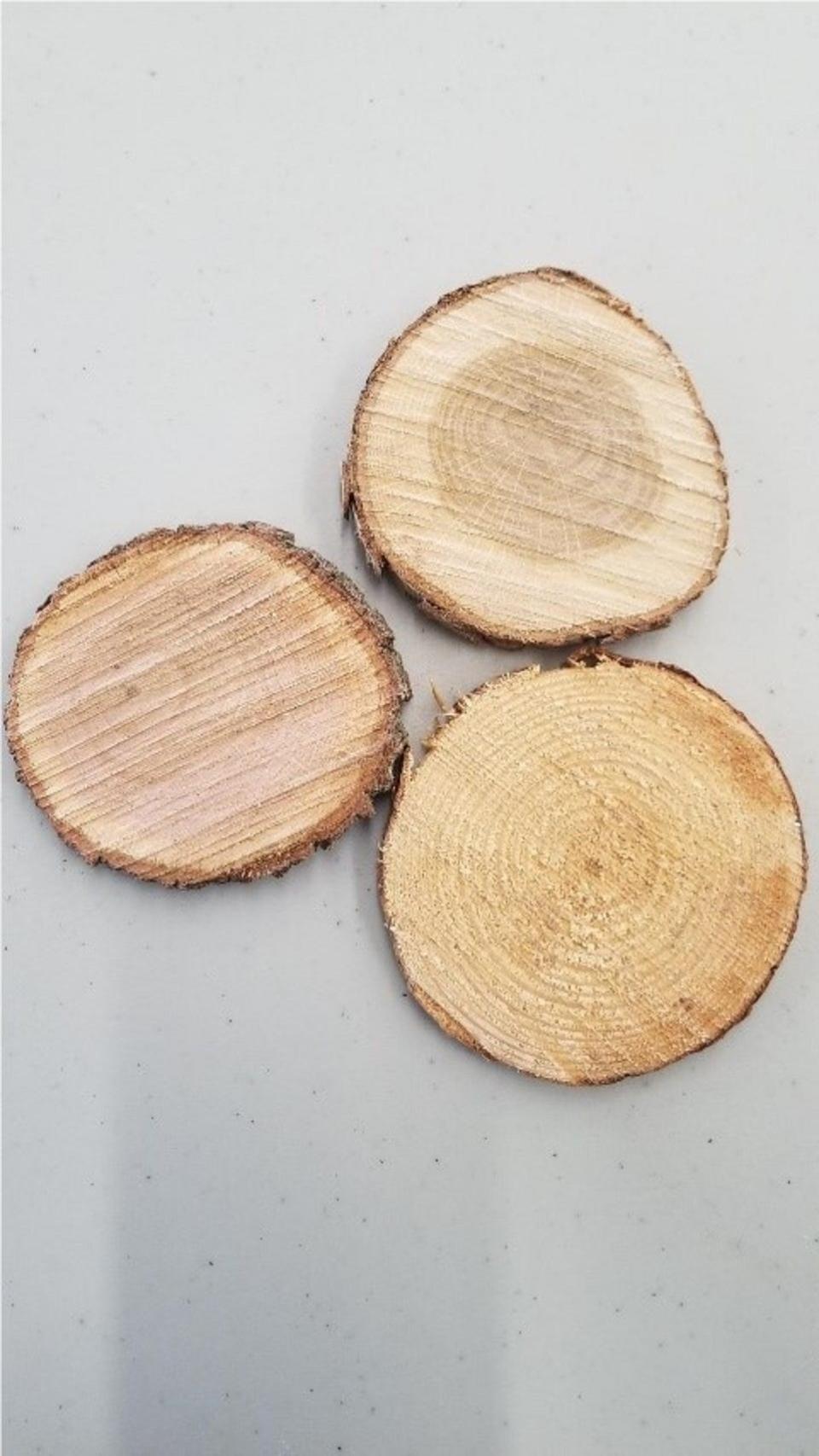Gardening: Reduce your carbon footprint by recycling Christmas trees, decorations

Before you begin the task of removing your holiday decorations, think about the environmental impact of the holiday season and look for ways to minimize this impact when disposing of your holiday decorations. From disposing of your live Christmas tree and holiday plants to tossing burned-out strings of lights, there are environmentally friendly options for disposal or reuse of nearly all holiday decorations, including the mountains of gift wrap paper and cardboard packaging which seems to pile up during the holidays.
Cut trees
Several options exist to recycle or reuse your cut tree. Most municipalities in central Ohio collect used Christmas trees with their regular yard waste and recycling pick-up. Trees are chipped and the mulch is provided to gardeners or used in parks and other municipal facilities. Trees taller than 6 feet should be cut in half and should not be placed in recycling containers. Trees should not be in plastic bags and all decorations must be removed.
There are many other ways which cut Christmas trees can be recycled:
Wildlife habitat – Used trees make excellent winter habitat for birds, wildlife and even beneficial insects. Simply place your used tree in the garden or yard and use it as a winter bird-feeding station and sanctuary. Suet, bird feeders and even strings of popcorn, cranberries, or orange slices hung on the tree will attract birds and they will use the tree for shelter.
Mulch – Use a sharp pair of pruners to cut the branches into small pieces that can be used as winter mulch on planting beds.
Compost – Live trees can be added to compost piles when cut into small pieces. Depending on the size of your tree, the trunk will need to be sawed into smaller pieces and will take longer than the branches to decompose.
Firewood – Chop up your tree and use it for fuel in your fireplace or fire pit. The branches and needles will dry out quickly, but you should wait a couple of months before the trunk of the tree is dry enough to burn.
Make wooden coasters – Use a handsaw to cut the lower portion of your Christmas tree trunk to make drink coasters or small trivets. Simply cut the trunk into ½-inch slices and then sand down the surfaces and stain and seal before using them.
Fish habitat – If you have a pond or lake on your property, used Christmas trees make excellent wildlife habitat when placed beneath the water. Simply secure the tree with rope to two cement blocks before dropping the tree into the water. Some park districts with lakes will also collect trees from consumers for this purpose.

Wreaths, roping and holly boughs
Wreathes made from live evergreens, holly boughs and pine roping can all be used as mulch or added to compost piles. Cut branches and boughs into smaller pieces and add to the compost pile or use as insulating mulch in planting beds. Be sure to remove wire wreath frames as well as the wire or string on pine roping before cutting it into smaller pieces.
Holiday plants
Live plants such as poinsettia, Christmas cactus and amaryllis can be saved for blooming again next season—if you are willing to provide care for them for the next 11 months! After its flower drops, allow amaryllis plants to continue producing green leaves as this foliage will add energy reserves to the bulb for flowering next winter. Amaryllis plants will need several months in a cool, dark area in order to bloom again next December.
To keep a poinsettia plant, simply continue providing water and lots of light through the winter and spring. Then prune the plant to approximately 6 or 8 inches in early summer. To bring out the full color of the plant next December, it will need 12 hours of complete darkness each night for two months.
Keep Christmas cacti in locations with filtered light and provide 12 hours of complete darkness each day for about six weeks before desired blooming next season.
Holiday plants, including the planting media in which they are growing, can also be incorporated into compost piles.

Paper and packaging
Most gift wrap, greeting cards and cardboard packaging can be recycled or even composted as long as the paper does not contain glitter or other non-paper embellishments. When adding paper to compost piles, be sure to tear it into smaller pieces to speed up the decomposition process. When adding large amounts of paper to a compost pile, add some fresh “green” material such as food waste or plant material, and mix this material with the paper.
Recycling string lights
Several local communities are sponsoring recycling programs for broken Christmas lights. Residents of Westerville can exchange their broken light sets for free LED light bulbs by visiting the Westerville Electric Division at 139 E. Broadway from 8 a.m. to 4 p.m. Mondays through Fridays.
By recycling and repurposing live holiday plants and plant materials, as well as other holiday decorations, we can reduce the carbon footprint and environmental impact of the holiday season.
Mike Hogan is an extension educator, Agriculture and Natural Resources, and associate professor with Ohio State University Extension.
This article originally appeared on The Columbus Dispatch: How to recycle or dispose of Christmas trees and holiday decorations

